If products have increased requirements for strength and wear resistance, reinforced types of threads will be relevant. Studying the production method, additional processing and weaving helps to understand why finished products acquire certain characteristics.
What is reinforcement?
First, it is necessary to explain what the process of reinforcement is. It is the designation of various methods for strengthening a material. To do this, the base is combined with other products that have increased strength. The properties are transferred from one item to another, due to which the characteristics of the latter are improved.
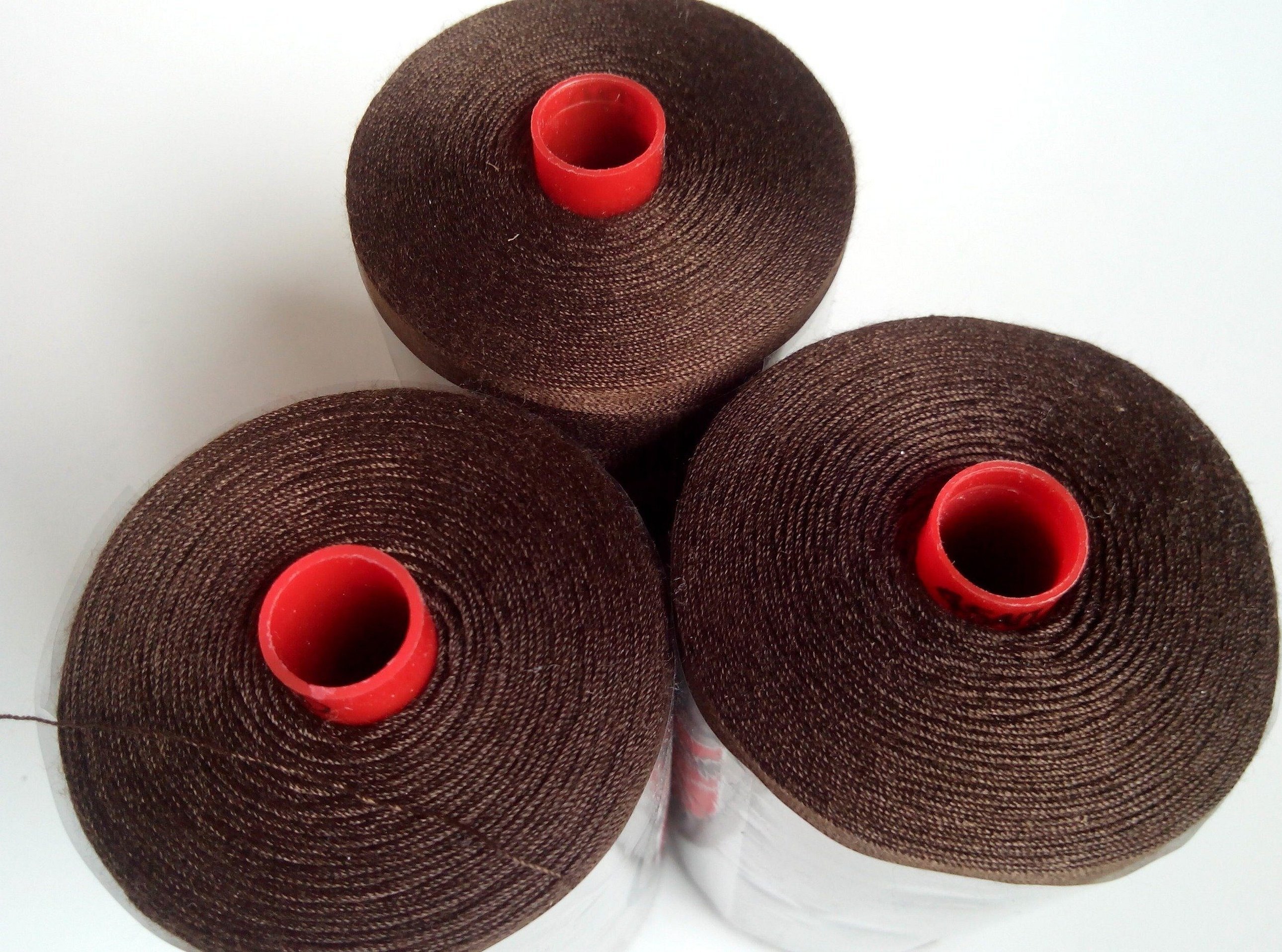
InterestingThe scope of application of reinforcement is related to various industries.
Here are just a few examples:
- Textile industry. It also contains varieties of aramid products.
- Cosmetology.
- Road construction.
- Production of stone and reinforced concrete structures.
The concept of "reinforcement" is also associated with this process, which many have probably encountered. This is the name given to metal rods that are used to strengthen reinforced concrete products.
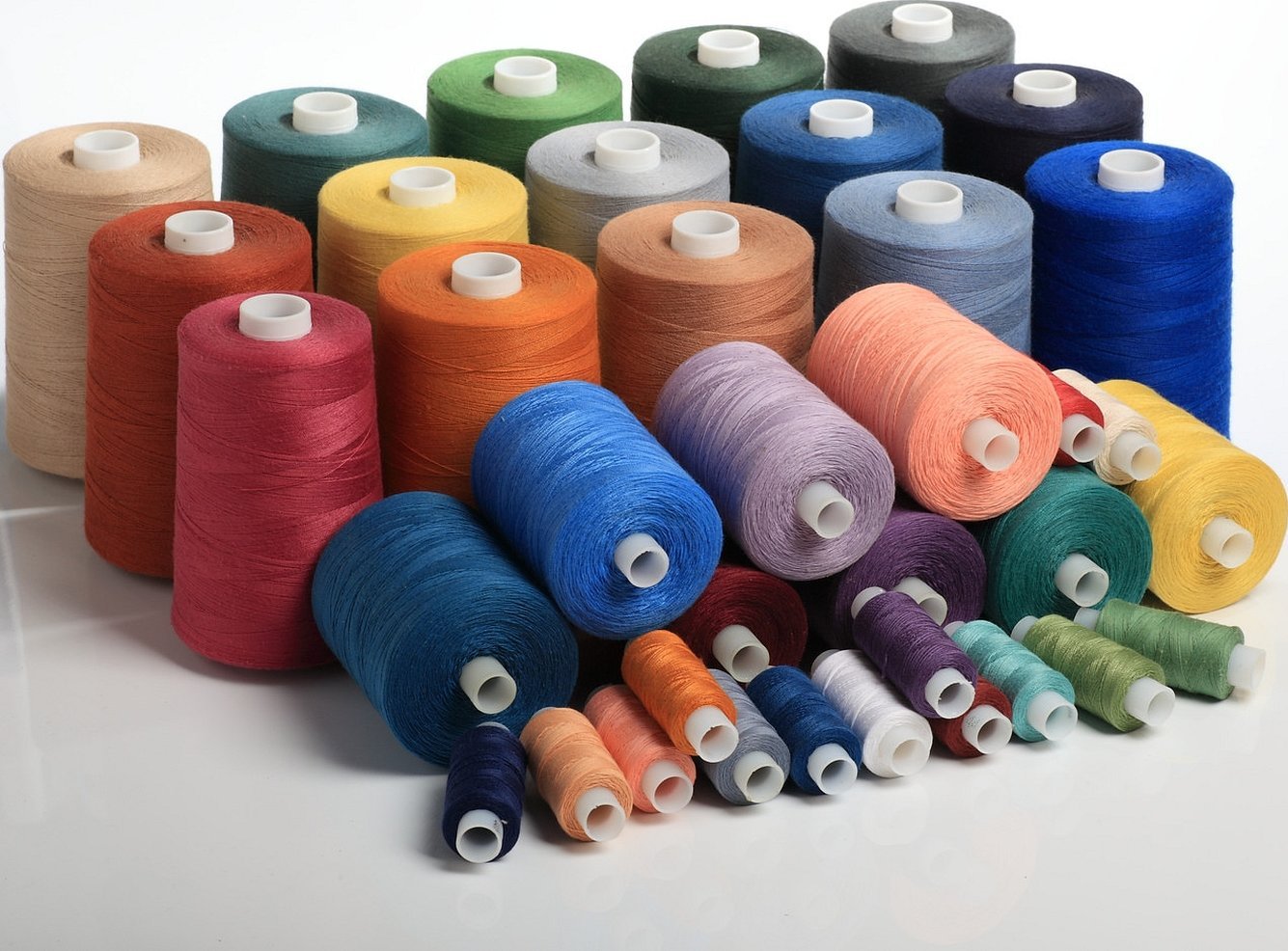
Reinforced threads
Many people confuse reinforced threads with products containing lurex. But this is a misconception, the bases are different from each other. Lurex can be with foil or metallized coatings. But it cannot boast of special strength. These additives are needed to give a more attractive appearance, including in the presence of a rod.
From the name "reinforced threads" it follows that the fibers have increased strength, if compared with other products. But the composition does not contain any metal elements, as well as derivatives from them, due to which the structures do not cease to be reinforcement.
Please note. This type of thread is also called "frame". Twisted weaving is the main distinguishing feature. One type of fiber is used for the core, and the braid is made of others. Thanks to this, strength and durability are preserved.

Reinforced fabrics
Usually, technical or awning types of material are meant. The reinforcing mesh is located between two layers of the main materials. The basis is strong synthetic or nylon threads that are intertwined with each other. Sometimes, a special impregnation is used for such products - polyurethane or PVC. This helps to enhance the water-protective, water-repellent properties of the products, which the reinforced fabric has.
Reinforced fabrics have the following properties:
- Solid structure.
- Resistance to long-term wear.
- Protection against wind loads.
- Preventing any attempts at breakup.

Distinctive properties
The components and production methods affect the characteristics of the finished products. According to this feature, there are different types of reinforced threads, what they are is described above.
Important. The polyester fiber core is responsible for the maximum strength of the threads. Natural or mixed fibers can act as a winding. The reason for this decision is the need to obtain additional protection from impacts, especially those associated with high temperatures. Thanks to the braiding, the service life of the thread-conducting parts of the equipment is extended. After all, the friction coefficient during such work is reduced to 15%.
Reinforced threads are often used for overlocks, in any color, including white.
The strength of the connection of sewing fabrics increases with the addition of threads. You can be sure that during wet-heat treatment the shrinkage of the product will be minimal. The versatility of reinforced threads leads to their high efficiency in any areas of industry:
- Leather goods, including those with mesh bases.
- Shoe.
- Knitted.
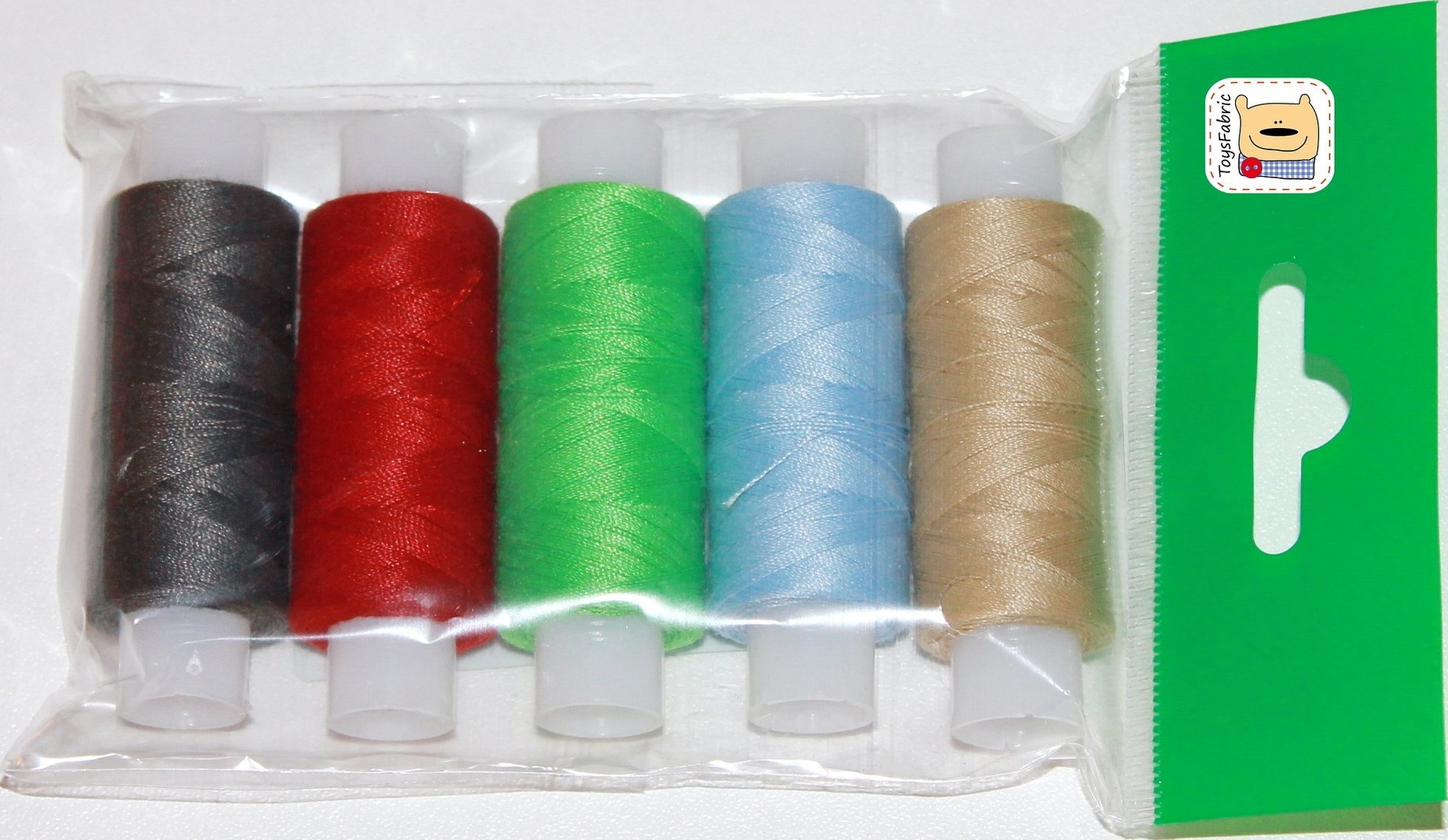
Types of such threads and their markings
There are three varieties of these products. The main difference lies in the types of fibers used to braid the polyester complex core. Two letters indicated on the spool make it easier to understand which variety the buyer is currently looking at.
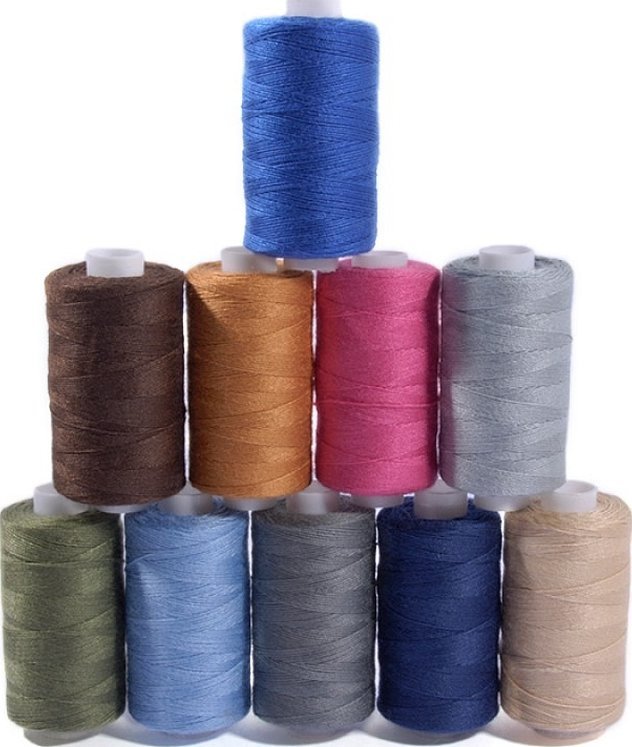
The first letter in most cases is L. It is the same for any type of thread and means that a thread core is used. Most often, it is based on complex polyester fibers, which are characterized by low shrinkage. The second indicates the name for the braid itself.
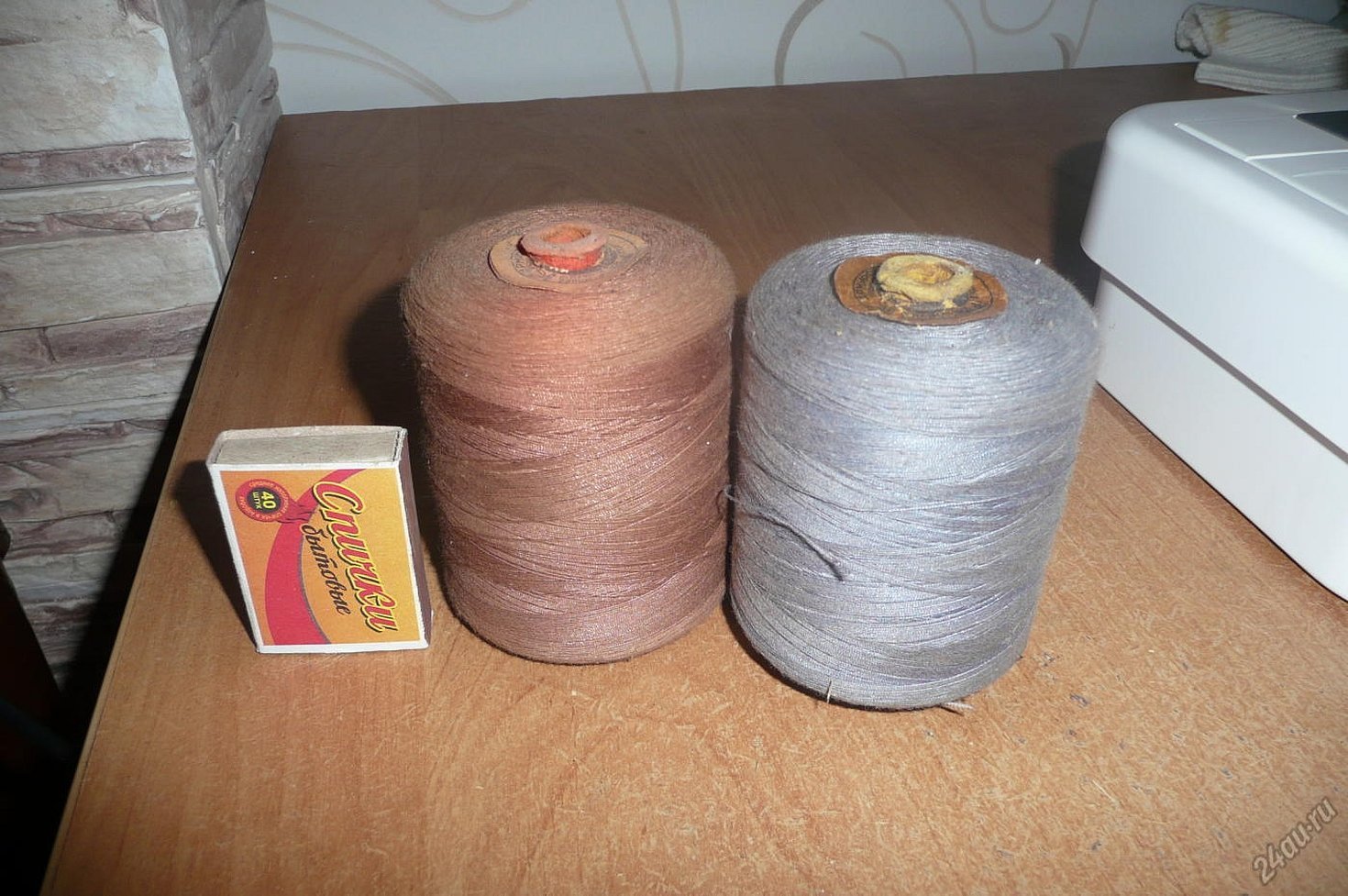
LL marking
It is assumed that the outer part of the thread is built on staple fiber, or lavsan. Such products are considered universal due to their composition. Provide high strength for any connections. Elastic seams and an attractive appearance are guaranteed. Less often, such reinforced sewing threads are used to create finishing lines, more often - for overcasting cuts.
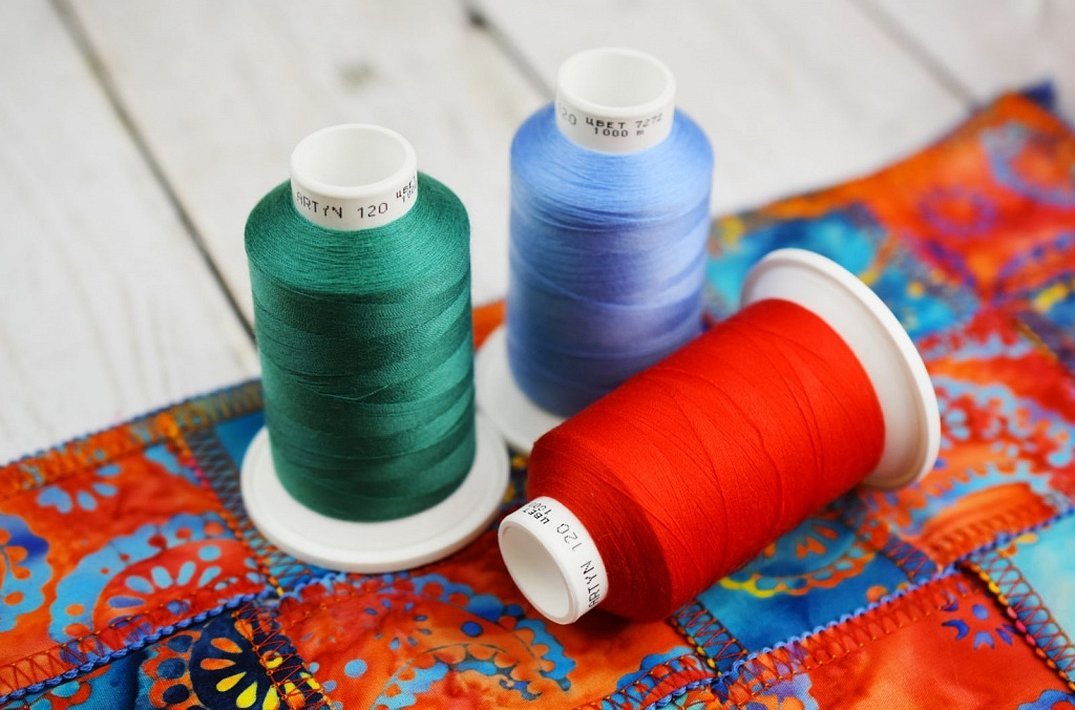
LS
The second component is siblon. They are often added to rubber.
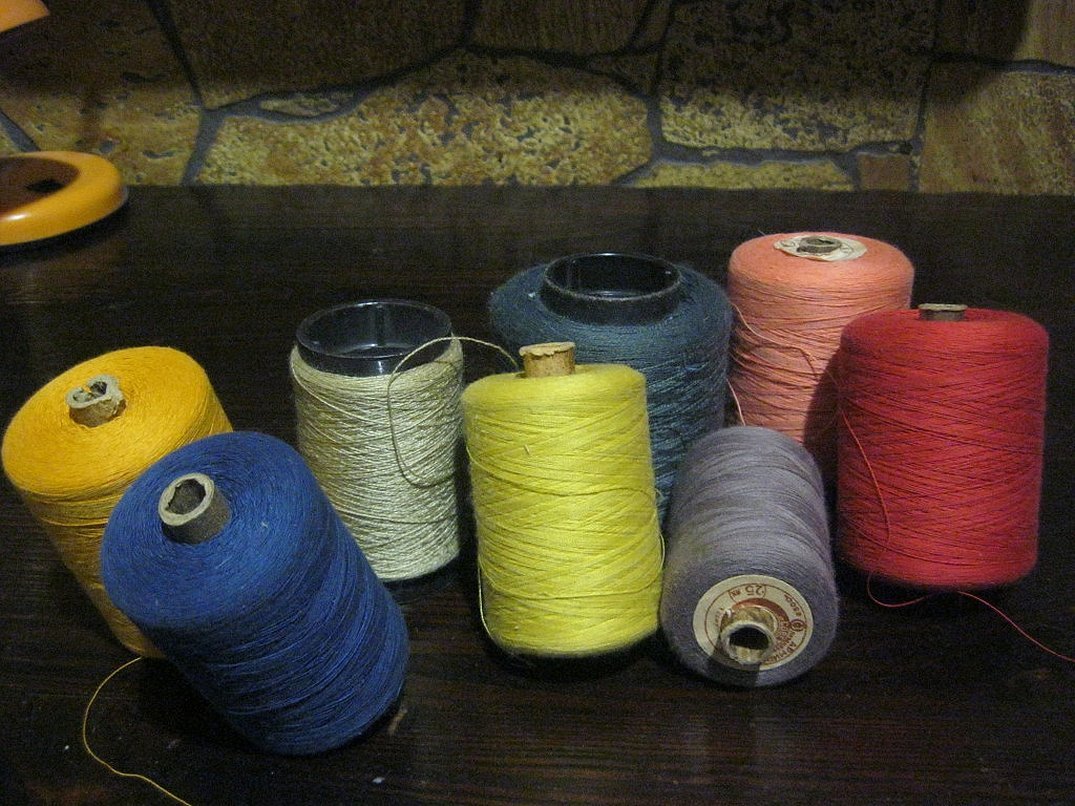
LH
Fine-fiber cotton will serve as a winding for products with such marking. Compared to LL, this option is not as durable and wear-resistant. But such bases can easily withstand temperatures up to 200 degrees. They are highly durable.
The footage according to GOST is another distinctive feature of the last-mentioned composition from its closest analogues. 100-200 meters are standard dimensions of bobbins when it comes to household needs. This amount is enough for those who sew in small volumes, not constantly.
Interesting. From 1000 to 3000 meters are needed by professionals whose work is connected with threads almost every day. The numbers standing before the letter designation are connected with the approximate nominal linear density of the threads.
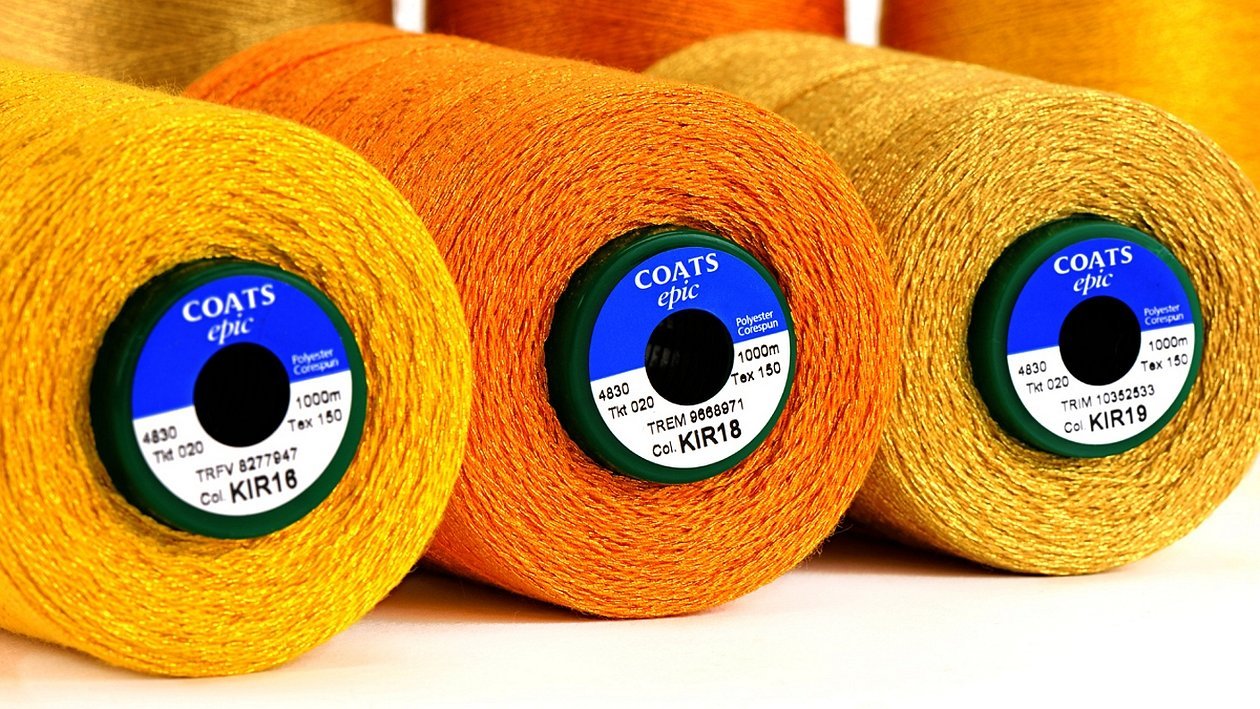
Scope of application
The threads are suitable for any type of product to create fastening or closing seams. The thickness of the original material does not matter. High tensile strength and wear resistance also guarantee the creation of smooth seams that meet all requirements.
Reinforced threads are suitable for the production of high-strength fabrics. Sometimes threads are added when lifting the face, creating reinforced nets in vegetable gardens.
Reinforced threads are considered universal products that are useful for a wide variety of human activities. Polyester fibers themselves have good performance properties, and the complex structure only enhances them. Not only end consumers, but also sewing industries themselves feel the benefits of working with such products. The work of sewing masters is simplified.




